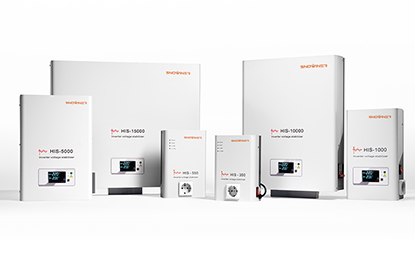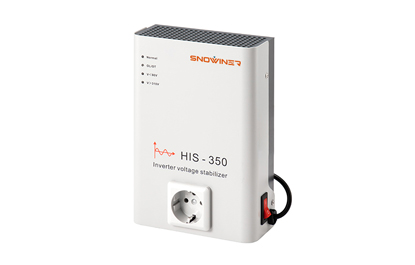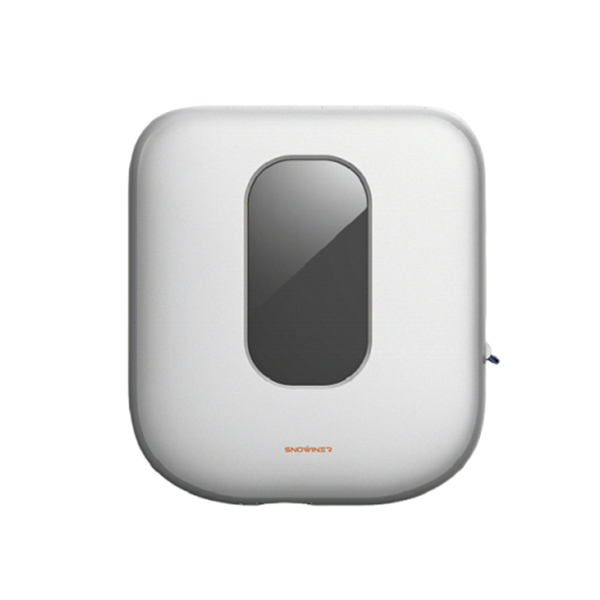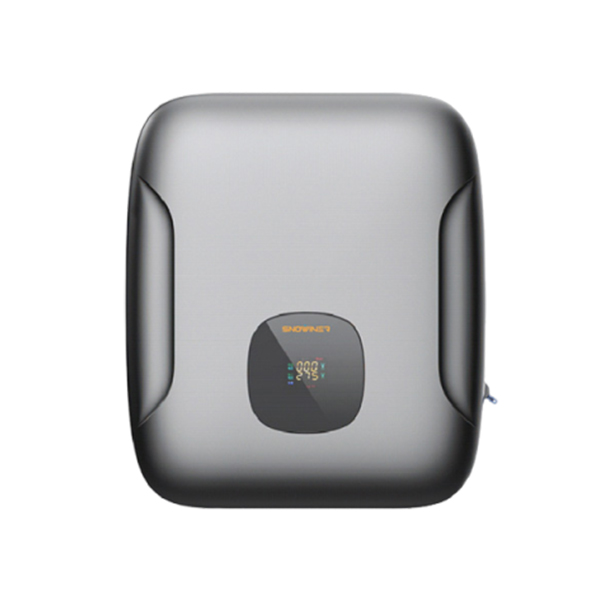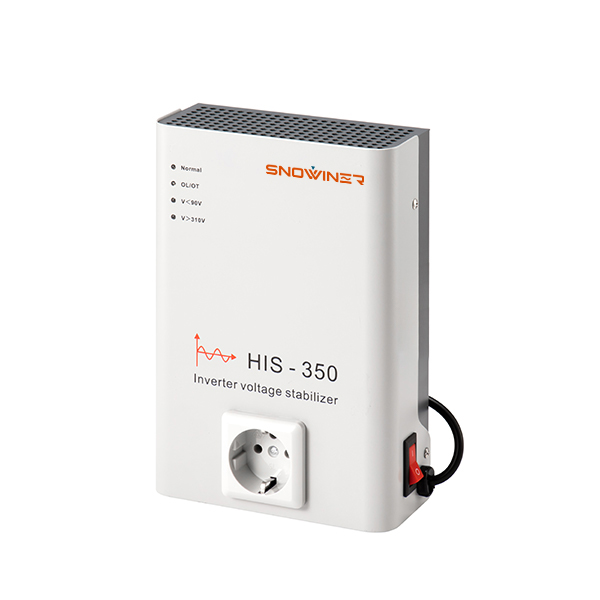Technical Exploration of Transformerless High-frequency Voltage stabilizers
Transformerless High-Frequency Voltage stabilizers have become an ideal choice in many scenarios due to their compact structure, high efficiency, and low cost—particularly in fields where strict safety isolation is not required.
Basic Principle
Transformerless high-frequency voltage stabilizers are usually based on switching power supply topologies such as Buck (step-down), Boost (step-up), and Buck-Boost (step-up/down).The core idea is to modulate electrical energy through high-frequency switching devices, then stabilize the output voltage with the help of inductors and capacitors as filters.
Unlike traditional topologies with high-frequency transformers, transformerless designs transfer energy directly between input and output, avoiding the size, losses, and complexity introduced by magnetic coupling components.
Features of Transformerless Design
Elimination of magnetic components: Removing the isolation transformer reduces size and weight, enabling higher power density.
High efficiency: Winding and core losses are eliminated, and the energy transfer path is shorter, improving overall efficiency.
Simplified structure: Fewer components reduce manufacturing costs and reliability risks.
Fast high-frequency response: High switching frequency allows faster voltage regulation and better adaptation to load fluctuations.
Application limitations: The lack of electrical isolation makes it unsuitable for scenarios requiring medical-grade or safety-compliant isolation.
Common Topologies
Buck (step-down): Input voltage is higher than output, commonly used in automotive power supplies and motherboard chip power.
Boost (step-up): Input voltage is lower than output, often seen in battery-powered systems.
Buck-Boost / SEPIC: Suitable for applications with large input voltage variations, such as renewable energy supplies or industrial control.
The common feature of these transformerless topologies is that high-frequency power switches, in cooperation with inductors and capacitors, directly regulate energy flow instead of relying on magnetic isolation.
Technical Advantages
High power density: Removing bulky transformers enables higher power output in limited space.
High efficiency: By avoiding copper and core losses in transformers, efficiencies typically exceed 90%, with some designs surpassing 95%.
Low cost: Reduced use of magnetic materials lowers manufacturing complexity and total BOM cost.
Ease of integration: Well-suited for chip-level power modules (PMICs), automotive DC-DC converters, and other IC-based applications.
Application Fields
Automotive electronics: Regulating from 12V/48V battery buses down to 5V/3.3V/1V for MCUs and ECUs.
Consumer electronics: Power management modules in laptops and smartphones.
Data centers: Regulating from high-voltage DC buses down to CPU/GPU operating voltages.
Renewable energy systems: Direct energy regulation at photovoltaic or storage battery ports.
Challenges and Future Development
Isolation requirements: Transformerless architectures cannot provide electrical isolation, limiting their applications. Future improvements may rely on solid-state isolation technologies such as digital isolators and optocouplers.
Electromagnetic interference (EMI): High-frequency operation generates noise, which must be mitigated through optimized PCB layout and filtering design.
Wide input voltage range: Applications in renewable energy and automotive systems demand more flexible topologies and control strategies.
Wide bandgap device adoption: The use of GaN and SiC devices will further enhance the efficiency and switching frequency of transformerless stabilizers.
Conclusion
By eliminating bulky transformers, transformerless high-frequency voltage stabilizers achieve high power density, high efficiency, and low cost, making them especially suitable for applications where isolation is not critical. With the advancement of wide bandgap semiconductors and intelligent control technologies, such power supplies are expected to gain broader adoption in automotive electronics, data centers, and renewable energy systems.




